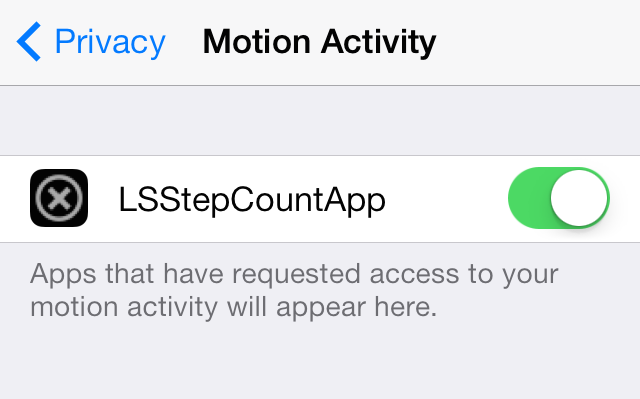The IntBinaryOperator interface was introduced in Java 8. It represents an operation on two int values and returns the result as an int value. It is a functional interface and thus can be used as a lambda expression or in a method reference. It is mostly used when the operation needs to be encapsulated from the user.
Methods
- applyAsInt(): This function takes two int values, performs the required operation and returns the result as an int.
public int applyAsInt(int val1, int val2)
Example to demonstrate IntBinaryOperator interface as a lambda expression .
// Java program to demonstrate IntBinaryOperator import java.util.function.IntBinaryOperator; public class IntBinaryOperatorDemo { public static void main(String[] args) { // Binary operator defined to divide // factorial of two numbers IntBinaryOperator binaryOperator = (x, y) -> { int fact1 = 1; for (int i = 2; i <= x; i++) { fact1 *= i; } int fact2 = 1; for (int i = 2; i <= y; i++) { fact2 *= i; } return fact1 / fact2; }; System.out.println("5! divided by 7! = " + binaryOperator.applyAsInt(5, 7)); System.out.println("7! divided by 5! = " + binaryOperator.applyAsInt(7, 5)); }} |
5! divided by 7! = 0 7! divided by 5! = 42
Reference: https://docs.oracle.com/javase/8/docs/api/java/util/function/IntBinaryOperator.html

